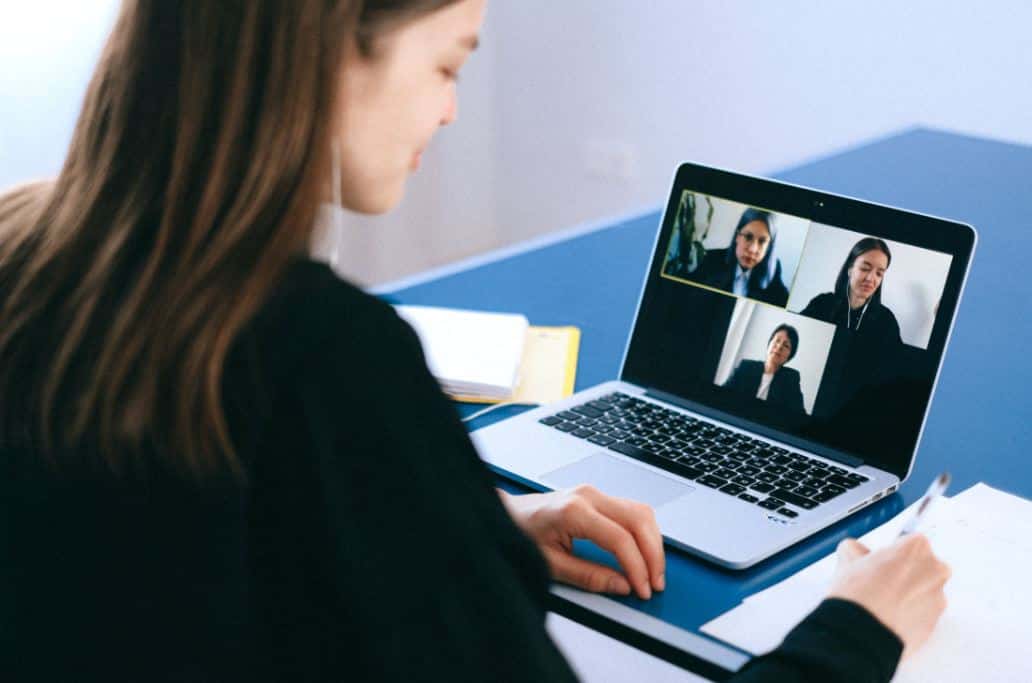5 Simple Steps to Effective Meetings
Workplace meetings have been getting a bad rap. But, if done properly, they can be a valuable tool to move projects and organizations forward. Discover our 5 steps for planning and carrying out a productive meeting.
Make sure the meeting is really necessary.
Before scheduling the meeting, ask yourself the following questions:
- Is the scope or goal of the meeting reasonable and defined?
- Could the desired outcome be accomplished by an email or memo?
- Could you get better results through smaller, less formal gatherings, like a 5-minute scrum or brief call?
Decide who should attend the meeting.
- Only invite employees who really need to attend.
- Explain to other employees that you are keeping the meeting to a core group of attendees to ensure efficiency.
- If an employee wants to join or miss the meeting, consider the request. If employees are busy, they should be allowed to miss the meeting if necessary.
Prepare for the meeting.
- Create an agenda and distribute it to attendees beforehand, along with advanced notice about any pre-work they may need to do.
- Avoid meetings with ambiguous or secret topics unless absolutely necessary.
- Remind or contact any chronically late individuals to encourage punctuality.
- Thin about scheduling meetings in increments other an the normal hour or half hour. Depending on the topic, 15 minutes may be more than enough.
Drive the discussion and keep the momentum going.
- If you are leading the meeting, ensure that each attendee has an opportunity to express their ideas.
- Engage with quiet or reserved members so they participate as they feel comfortable.
- Address any issues that might make attendees uncomfortable sharing or speaking.
- Intervene and immediately address abusive, domineering or unprofessional behavior.
Take meeting notes and/or follow up accordingly.
- Carefully take notes on action items and decisions make.
- Assign each action item to a person or team.
- Type out notes as soon as practicable to avoid forgetting detail.
- Send out meeting notes and action items to attendees as soon as possible.
Here are some final tips on meeting best practices.
Discourage multitasking at meetings by asking attendees to forego checking email. Remind them that the meeting will be more efficient if everyone is focused. Request that unrelated or side conversations occur after the meeting. Finish on time so attendees aren’t focused on being late for other appointments.
If you follow these simple steps, you’ll be well on your way to running an efficient and successful meeting.







Reply a Comment